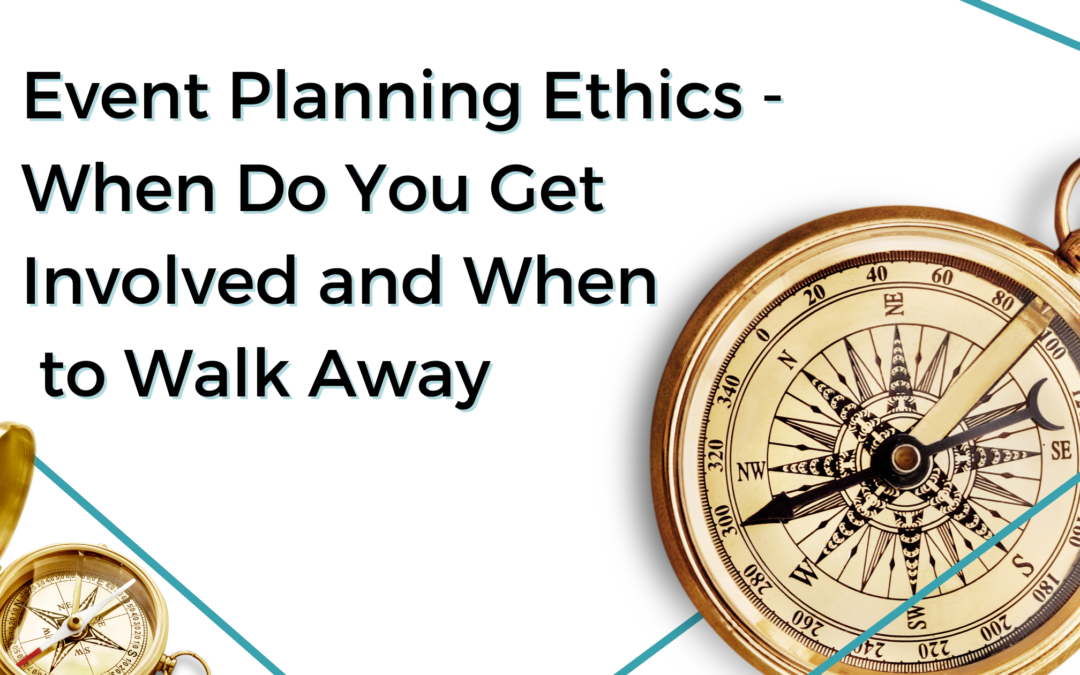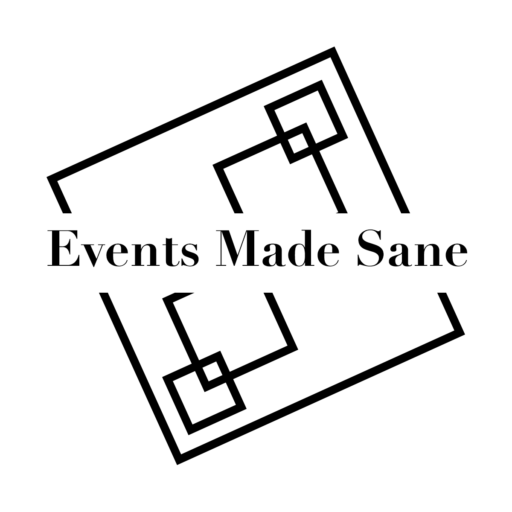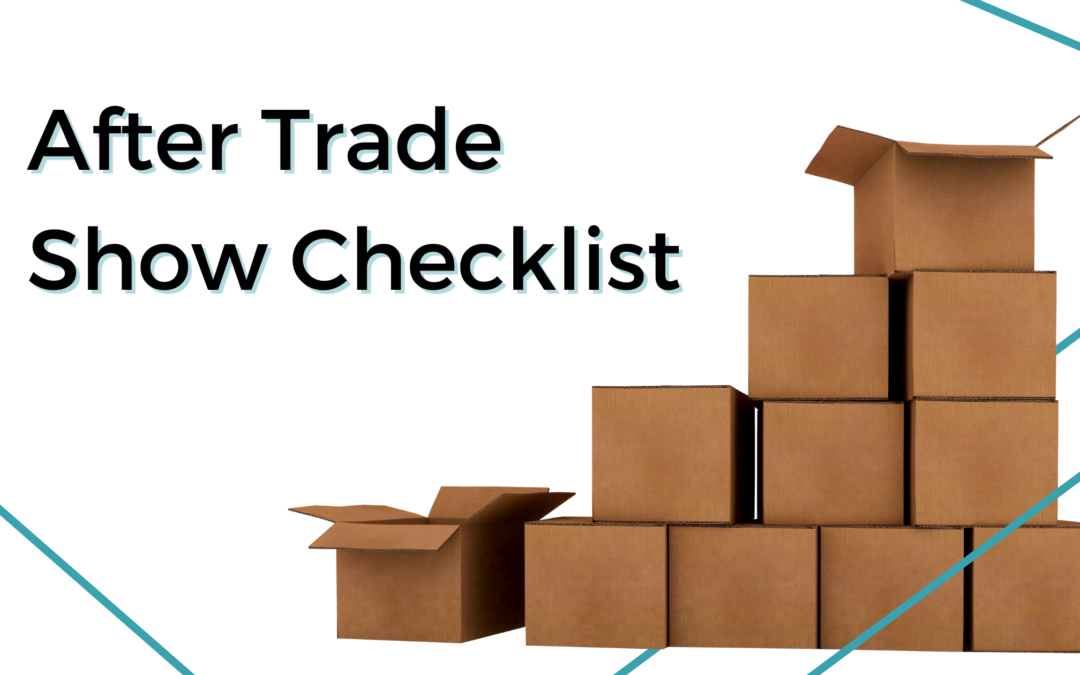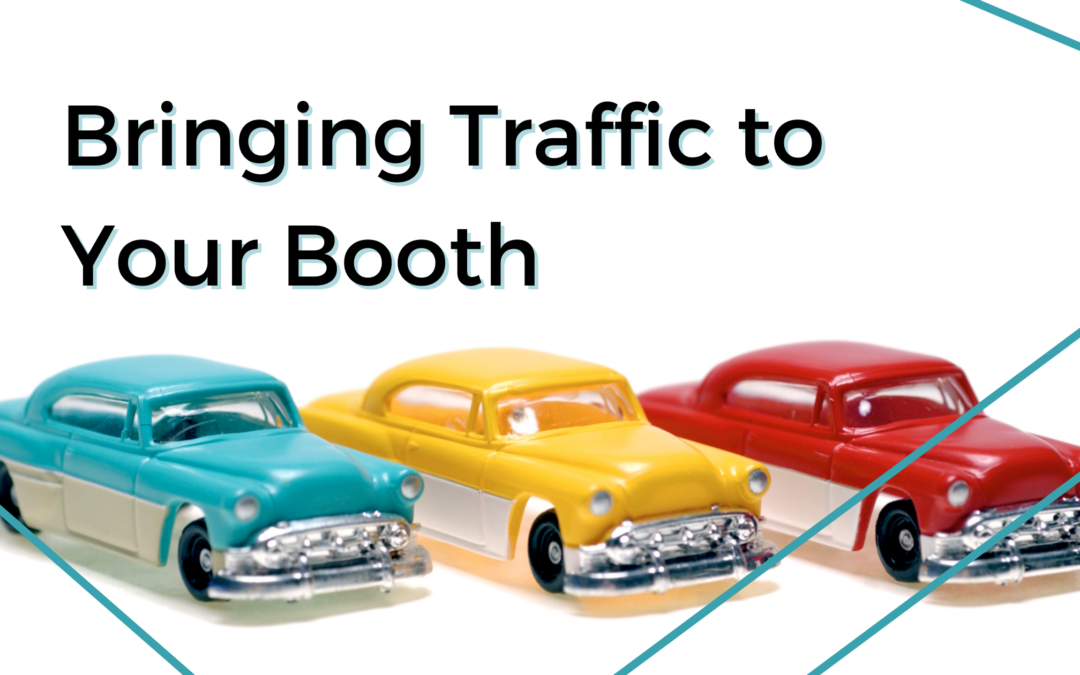
Event Planning Ethics – When Do You Get involved and When to Walk Away
Events often seem to exist in a parallel universe and we as event planners want that. We want to transport our guests into the event, we want them to forget the outside world, even their friends and family, and just enjoy.
But there is a dark side to this.
People can leave their morality and ethics at the door of your event and you have to decide when to get involved and when to just walk away.
When you see someone slip into the rooms of a person that is not their spouse, what do you do?
When you see drugs being sold, what do you do?
If someone asks for a bribe to get something done at your event, what do you do?
Where do you draw the line for both ethics and morality?
The first line you draw is your personal and professional safety. Always put into your event contracts that you have the right to walk away or even leave an event if you are afraid for your personal safety. If a customer balks at this, walk away from the customer. You need to make sure that you are safe. You cannot run your event planning business without you.
Professional safety is the next line. I will not be involved in anything illegal. I do not let customers break the laws or break a contract.
If a customer books a vendor outside of me, I always ask for the contract. (Learn more about Vendor Interviews) This allows me to stay on top of what other vendors needs are and what we can and cannot do. One clause I am careful to pay attention to is around tipping and staff requirements. I need to know if I can tip the staff, if they need food etc.
I always try to feed maintenance and on-site staff whenever possible. Hungry people are not happy people, setting aside plates for them is a simple way to keep people happy. I also keep cash on me to tip people out at the end of the evening. People now know me at my local venues, remember me, and I get amazing service. Treat people well and they will do their best for you. (Tipping is different than a bribe. That is my ethics line.)
The next line is event and client security. If I see issues at my events, I will find my point of contact at the event and let them know and ask what they would like to do. We can ask those in question to leave, have them escorted out, call the authorities, or drop it. I let them know that the decision is up to them but that they will also be responsible for their decision.
The final line is morals. I do not get involved in people’s personal lives. If they want to sleep around, how do I know that they don’t have an open marriage and their partner is fine with it? As long as they are not interfering with my event and not being indecent in the hallways – that is on them.
This may seem like an long list to walk through but it has been developed over years and many events. I have learned what my hard and fast lines are and when to walk away. My good name and that of my business are what is at stake. I keep the highest ehtics and my clients know that.




